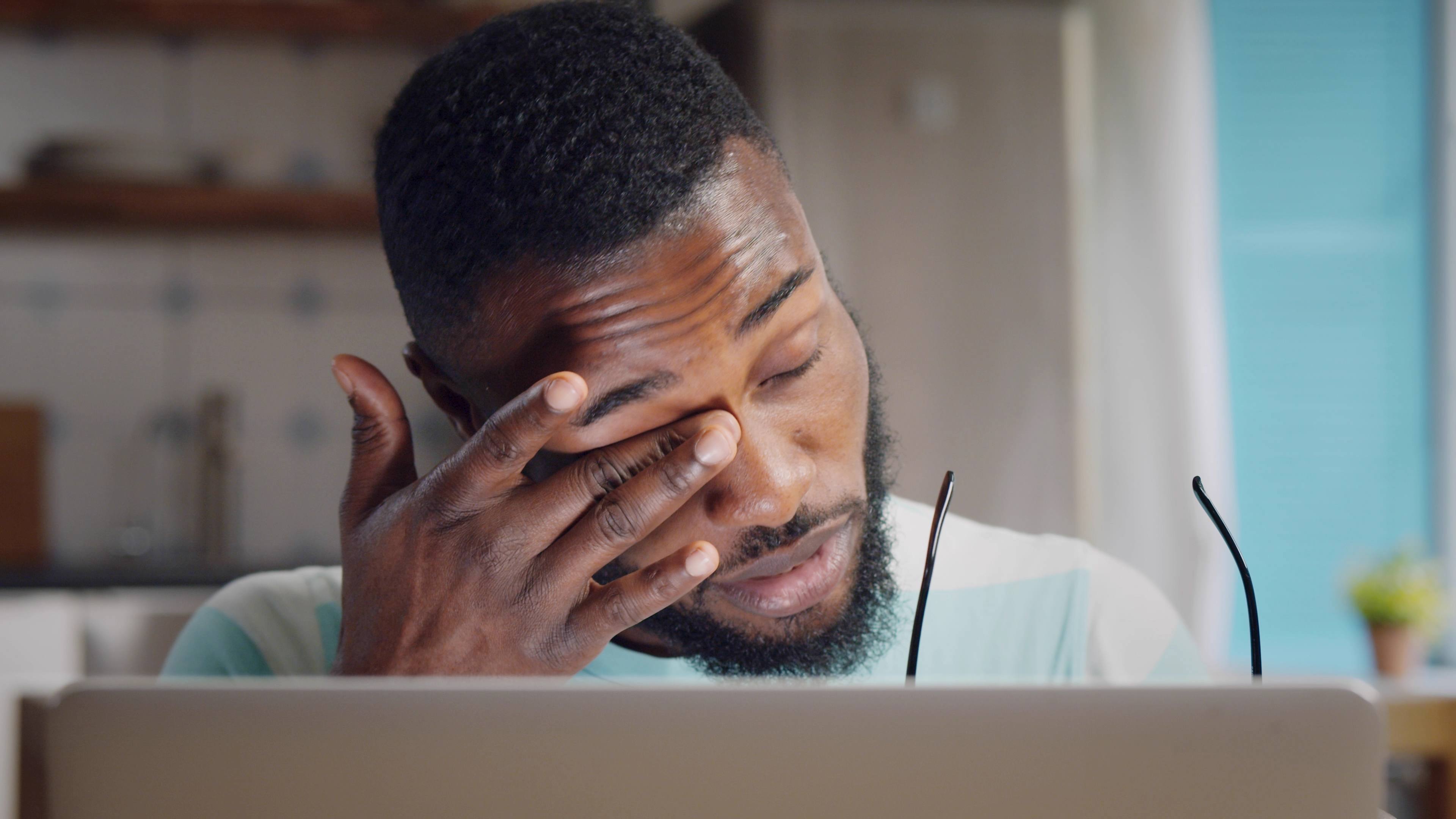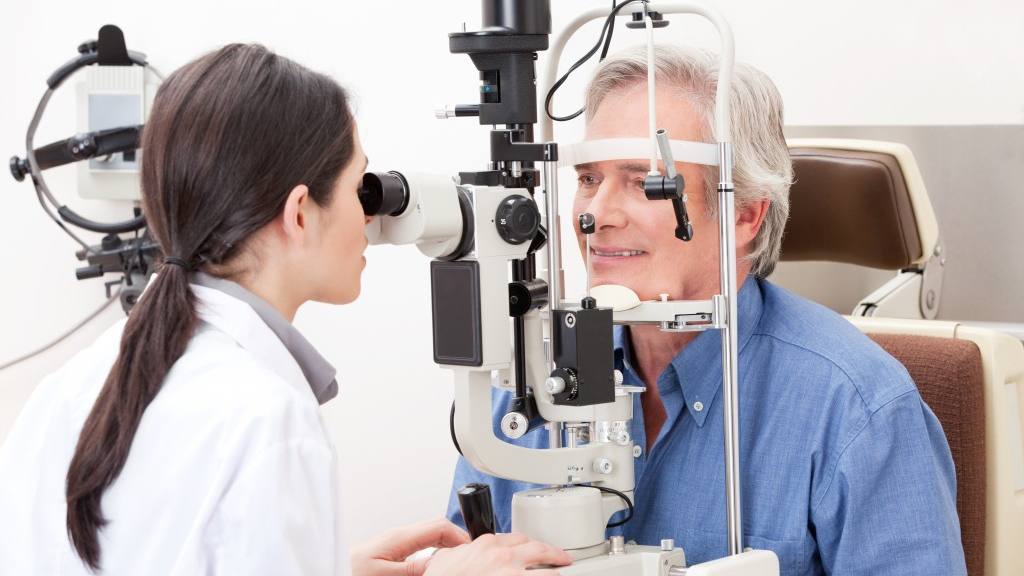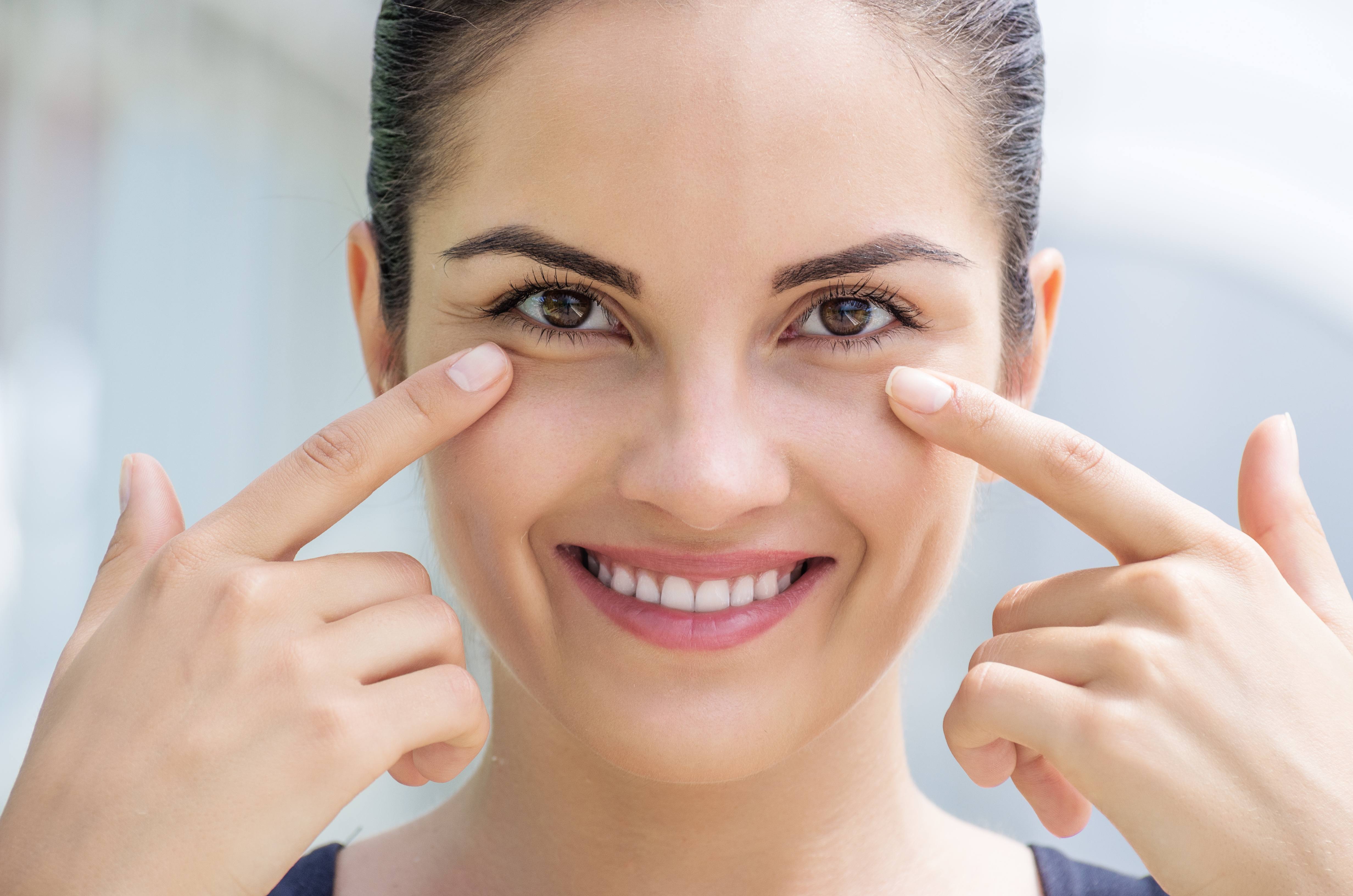Dry eye disease is a common condition that can cause a range of discomfort. It can happen when the eye doesn't produce enough tears, or if the tears are not adequate quality to keep the eye properly lubricated.
Dr. Dave Patel, a Mayo Clinic ophthalmologist, explains some of the causes of dry eyes, treatments and some symptoms you shouldn't ignore.
Journalists: Broadcast-quality video (1:06) is in the downloads at the end of this post. Please "Courtesy: Mayo Clinic News Network." Read the script.
What causes dry eyes?
"Aging, environment, hormones, air travel, the outdoors — there are a lot of factors that contribute to the lubrication of the surface of the eye," says Dr. Patel.
While common, Dr. Patel says having dry eyes is not always something to ignore. "It does and can affect the vision," says Dr. Patel. "It can distort what you see so you wouldn't see as well as you should be."

Treatments
Over-the-counter lubricating eye drops can offer relief. However, if you are using eye drops more than four times a day for long periods of time, Dr. Patel recommends preservative-free, single-use vials. Cleanliness is key. "I just encourage patients to be mindful of keeping their medications free of contaminants, and if you have concerns, discard the unused portion of the eye drops to minimize any risks."
If over-the-counter eye drops don't help, there are prescription treatments available. "There are anti-inflammatory medications, neurostimulators that can trigger or increase tear production and sometimes steroids to reduce inflammatory conditions," says Dr. Patel.

If you notice other symptoms, including vision problems, redness or pain, Dr. Patel says it is time to see your health care professional.
Learn more about eye health and eye exams. There are several factors that can determine how frequently you need an eye exam, including your age, health and risk of developing eye problems.
Related articles:
- Mayo Clinic Q and A: Fish oil supplements and dry eyes
- Weekend Wellness: New treatments for dry eyes may help if standard treatments fail
- Mayo Clinic offers new intense pulsed light therapy for chronic dry eye
For the safety of its patients, staff and visitors, Mayo Clinic has strict masking policies in place. Anyone shown without a mask was recorded prior to COVID-19 or recorded in an area not designated for patient care, and other safety protocols were followed.








